Brewery Production
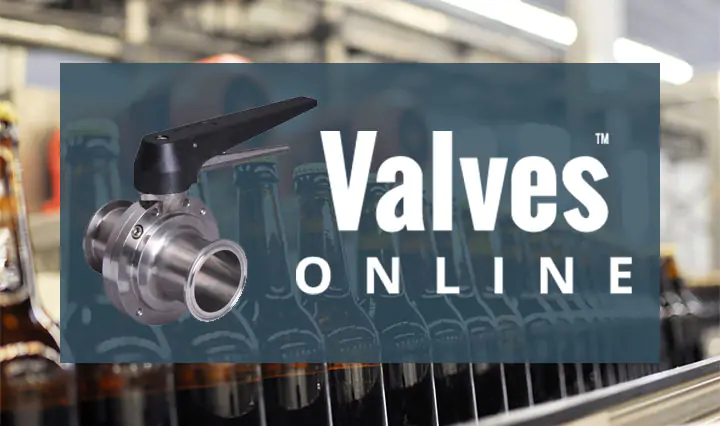
Brewery Production
Brewing has become one of Britain’s most rapidly growing markets. From small craft beers to large brew houses, no matter how big or small when it comes to keeping your beer flowing, understanding the differences in valves used is crucial to every brewery operation.
Having a clean, consistent beer that's unique in flavor can only be done by understanding the controls of when and where the gas, liquid, or mixture goes. Depending on the medium and step in the brewing process, there is generally an optimal valve to use to control your beer production resulting in an outstanding tasting beer.
Valve Types
 |
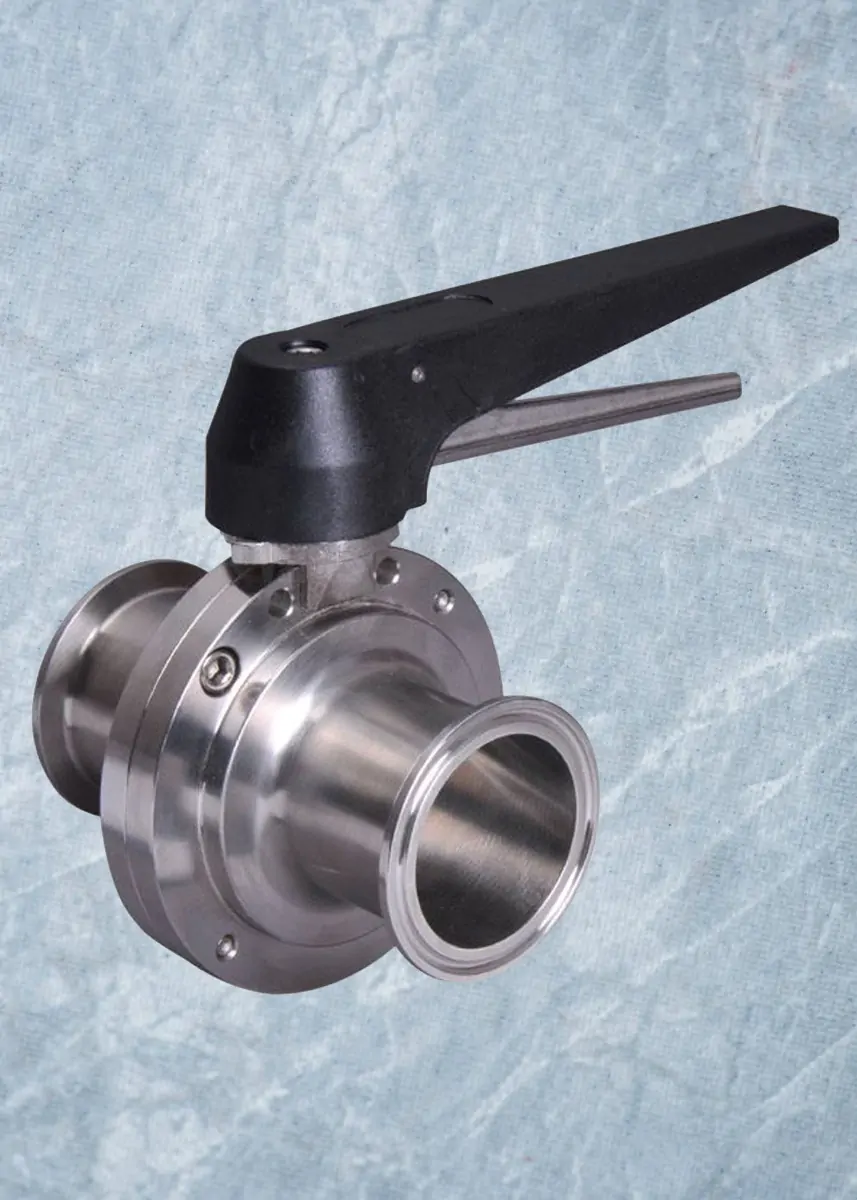 |
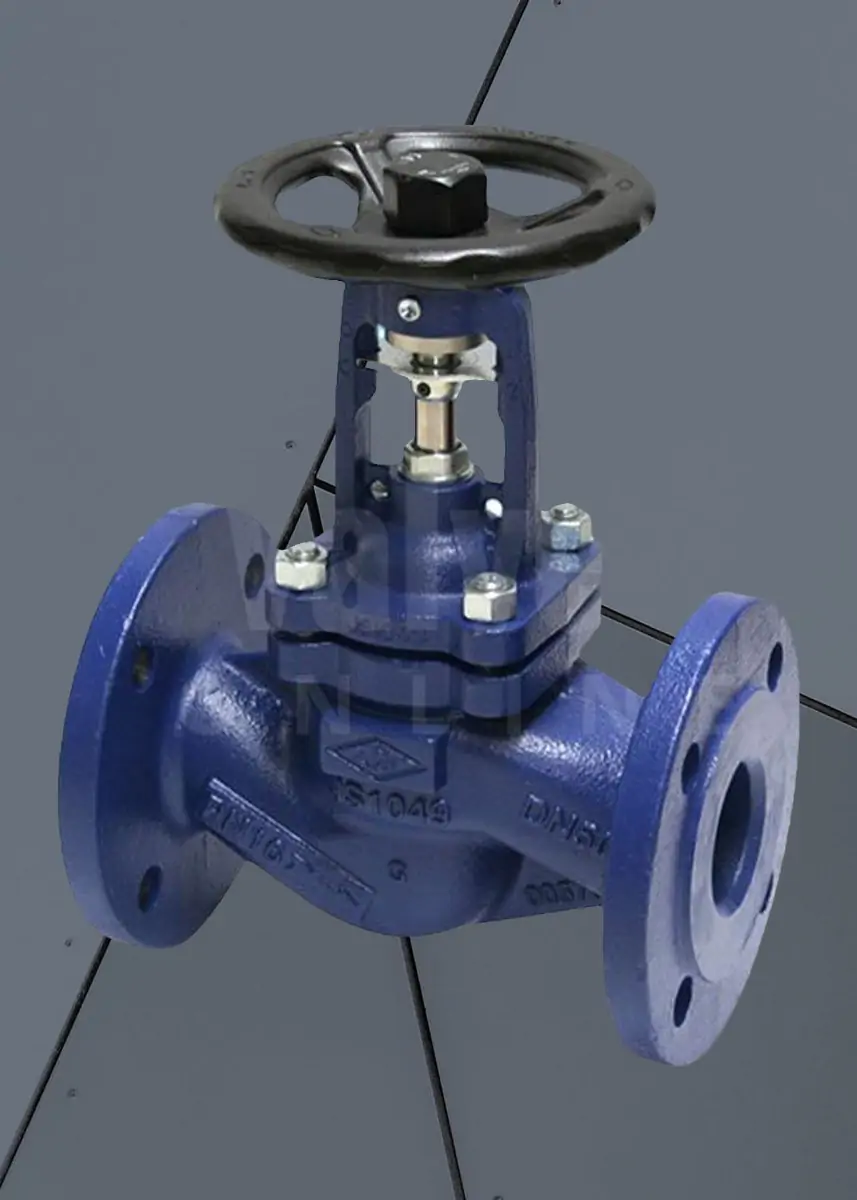 |
|
Mars Ball Valve Series 50SN 3 Piece Hygienic Manual Only OD Weld End Unobstructed flow, low pressure drop, good seal, and durable. Used in gas lines, carbonation stone, water line, or for thicker mediums (wort). |
Hygienic Manual Butterfly Valve Good hygienic design, good sealing properties, and easily cleaned. Used in Clean-in-place (CIP) line, blow off arm, racking arm, and bottom blow out of a tank. |
Economy PN16 Cast Iron ARI FABA-Plus Globe Isolation Valve Good flow regulating properties. Often used on a water inlet/outlet or in mixing. |
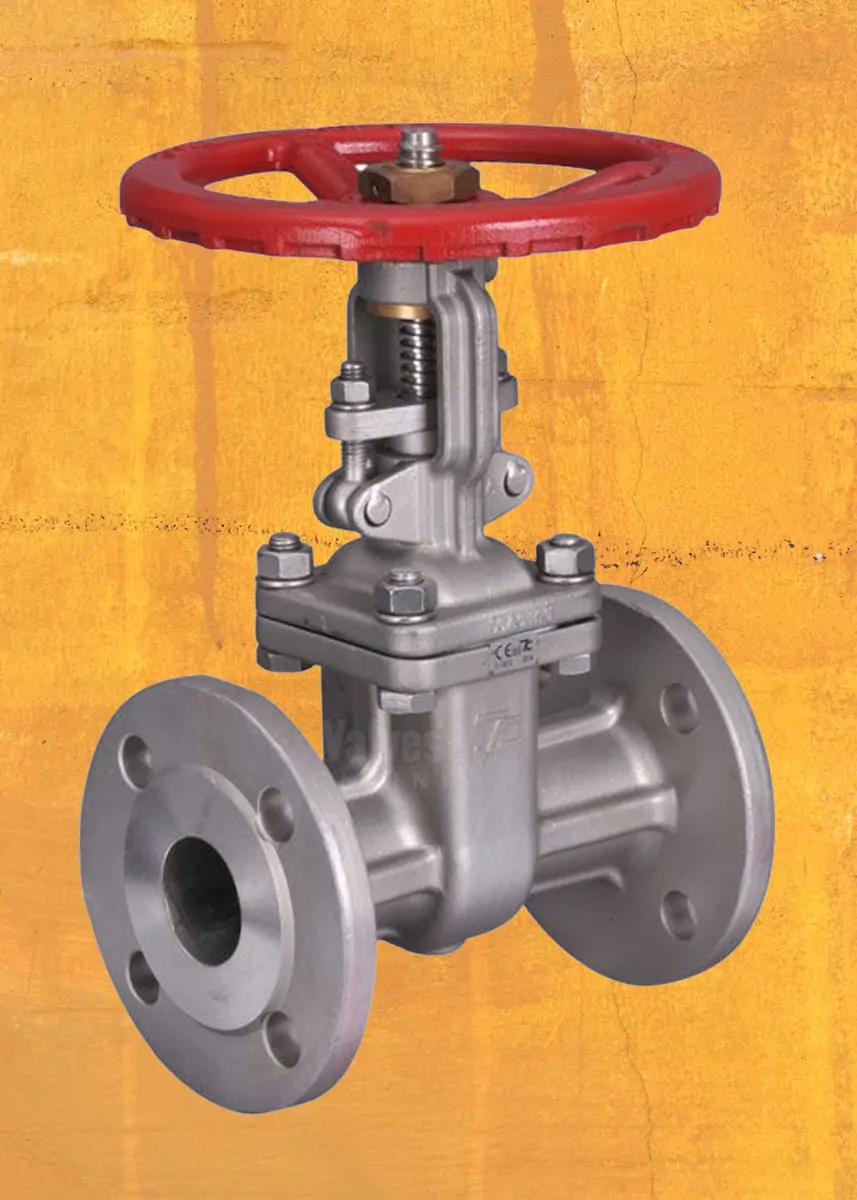 |
 |
 |
|
Stainless Steel Flanged Gate Valve Easy to operate and unobstructed flow Often used on a water inlet/outlet. |
Burkert Type 6213 EV Stainless Steel Solenoid Valve Quick response time, reliable, and normally closed for safety reasons. Used for automated bottling process or for gas/glycol lines for safety reasons. |
Burkert Type 2031 Hygienic Diaphragm Valve Good flow control and is a hygienic solution. Often used on heat exchangers. |
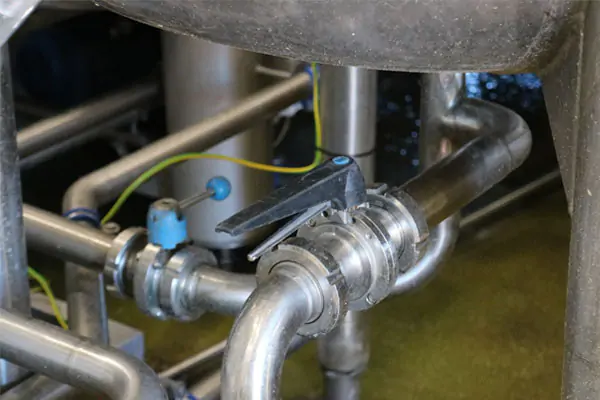
Valve Design
As well as ensuring you are using the correct type of valve, the design must also be taken into consideration as often in breweries you are dealing with hot contaminated lines.
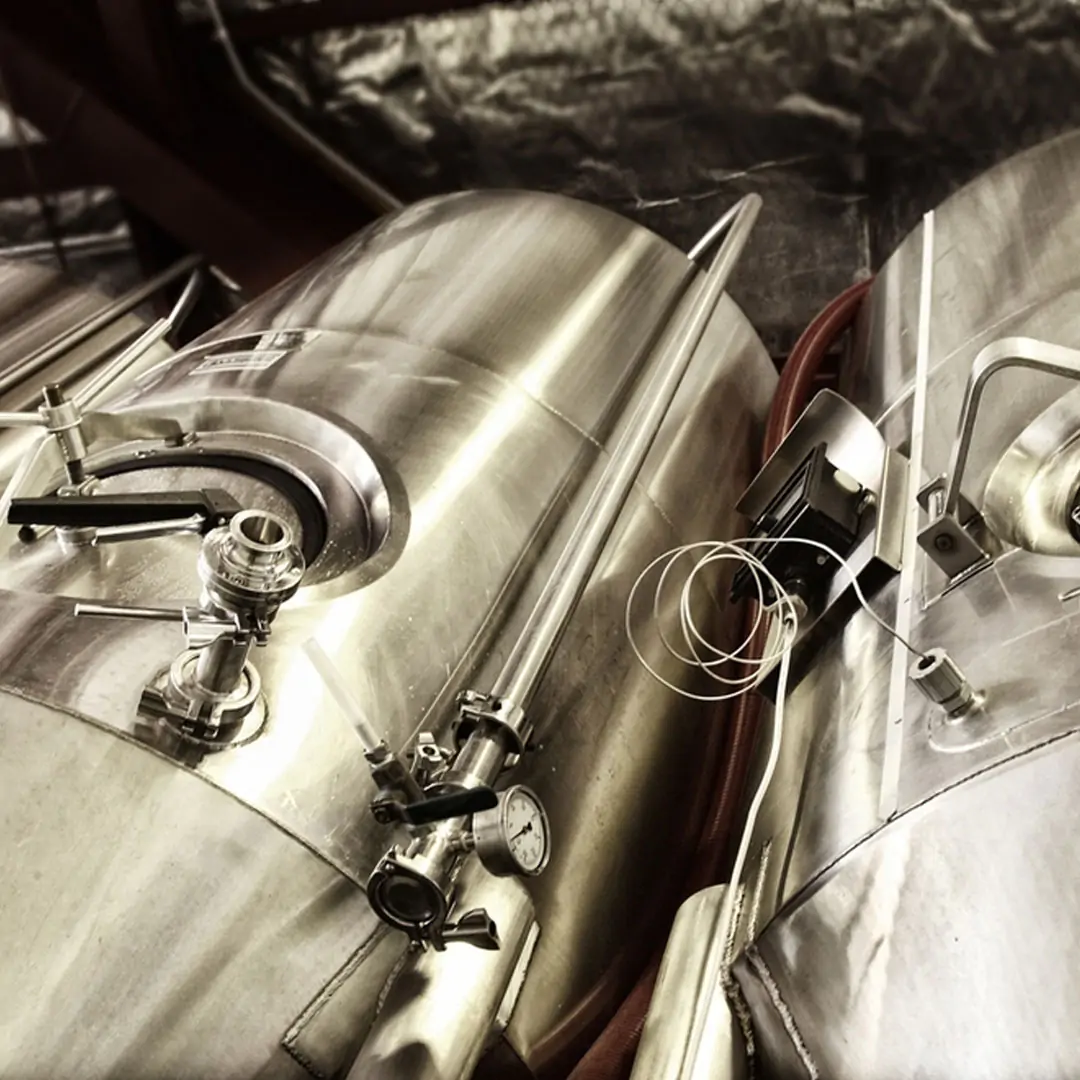 |
– Automatic or Manual A smaller craft brewery will often use manual valves as they are cheaper and give a more hands on approach with less electronics. An automatic valve is generally powered via electricity (not pneumatics) and controlled by a centralized programmable logic controller (PLC). |
|
– Valve Material Generally stainless steel is used as it won’t deteriorate at high temperatures, can withstand harsh cleaning agents, is durable, and won’t leave a metallic taste in the end product. For water lines or a cooling circuit, a brass housing is also suitable. |
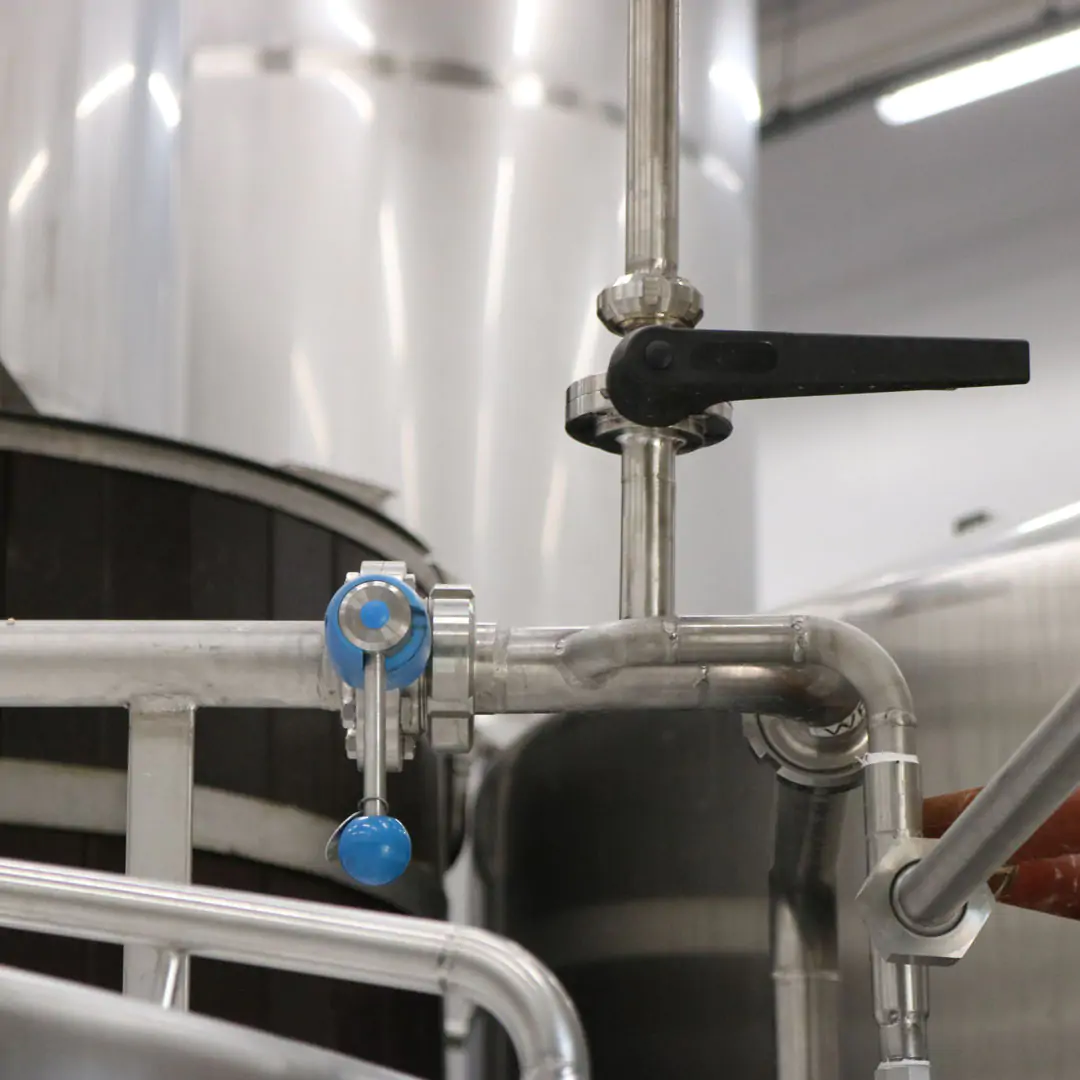 |
Valve seals are typically EPDM (ethylene propylene diene monomer) for temperatures up to 130 °C, but for higher temperatures PTFE (Teflon) is recommended.
– Valve Connections
The most common connection types for valves are thread, flange, or tri-clamp. A tri-clamp connection is the most common for brewery applications. They are hygienic and are quick to disassemble from the line, unlike a threaded or flange connection.
- Mars Ball Valve Series 50SN 3 Piece Hygienic Manual Only Tri-Clamp
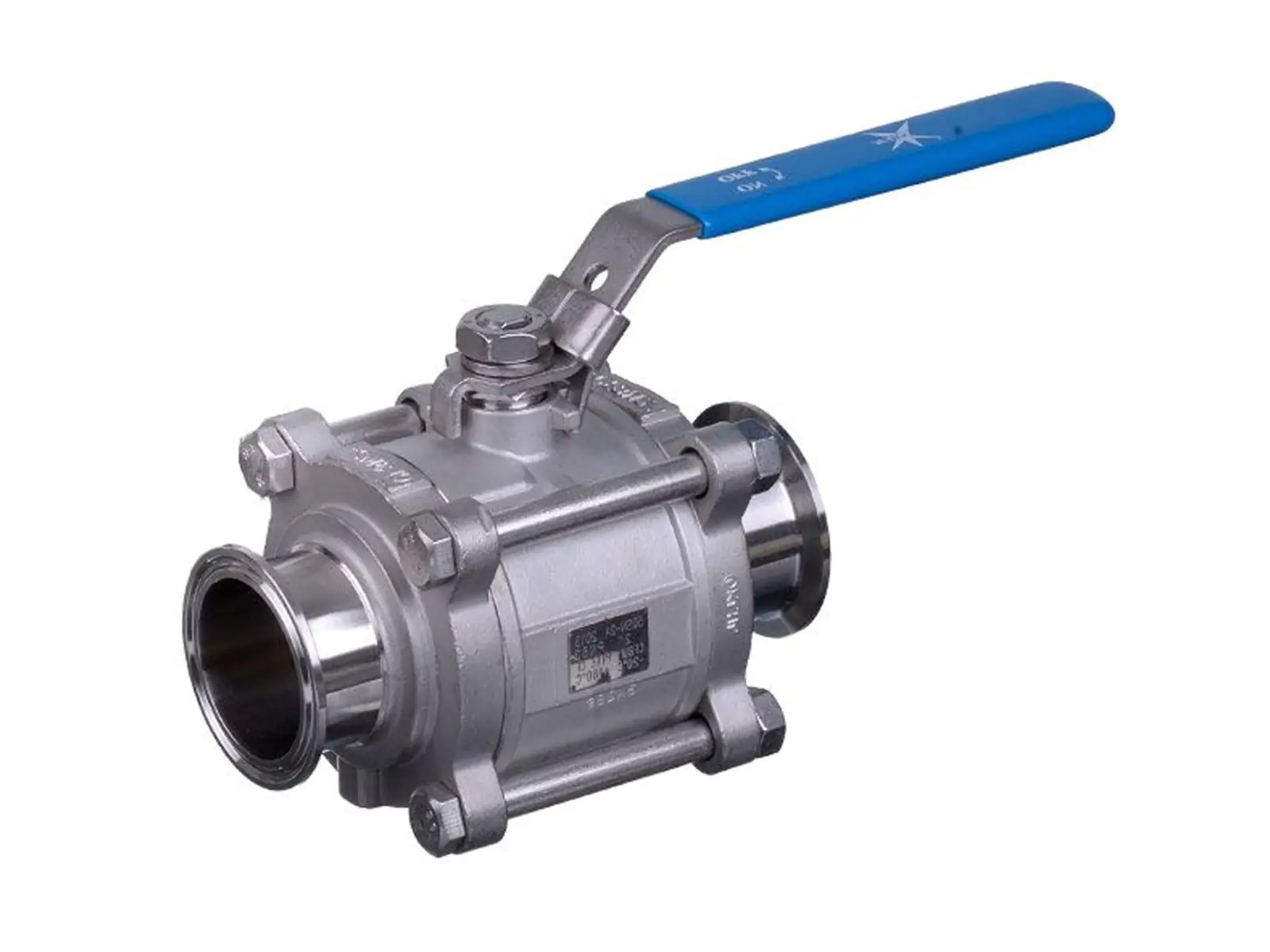
Automation and Control
Operating a manually controlled, traditional brewing process, although effective, can have a burden on employees. This brewing process poses a number of disadvantages from staff having to manually adjust the right temperature during the entire brewing process, to manually stirring the mash.
|
The automated brewing process can improve your business and increase sales figures, but also preserve the best aspects of the traditional brewing process and replicate the quality of the handmade product, only with better control, higher output and less stress for the workforce. A modern brewery uses complex control networks for almost every device and facility. The fundamental function of a control |
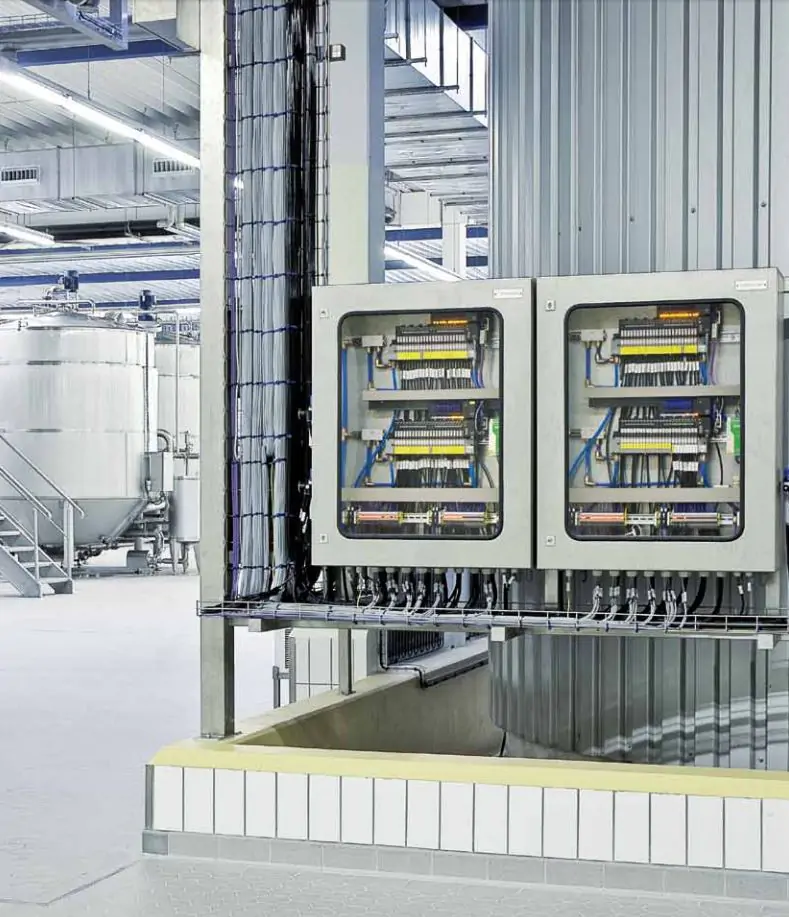 |
process is to measure and feedback different process parameters continuously. The measurement and monitoring of critical process parameters is the most important prerequisite for controlling and regulating a process.
For example, one of those processes is temperature control of the cold and hot liquor tanks that are going into the mash tun. In the mash pan, the cold and hot liquor is mixed together with the grain, it is important to ensure the right temperature during this process. By using temperature probes and a control system, the speed of the motors can be controlled to achieve a precise mix and temperature.
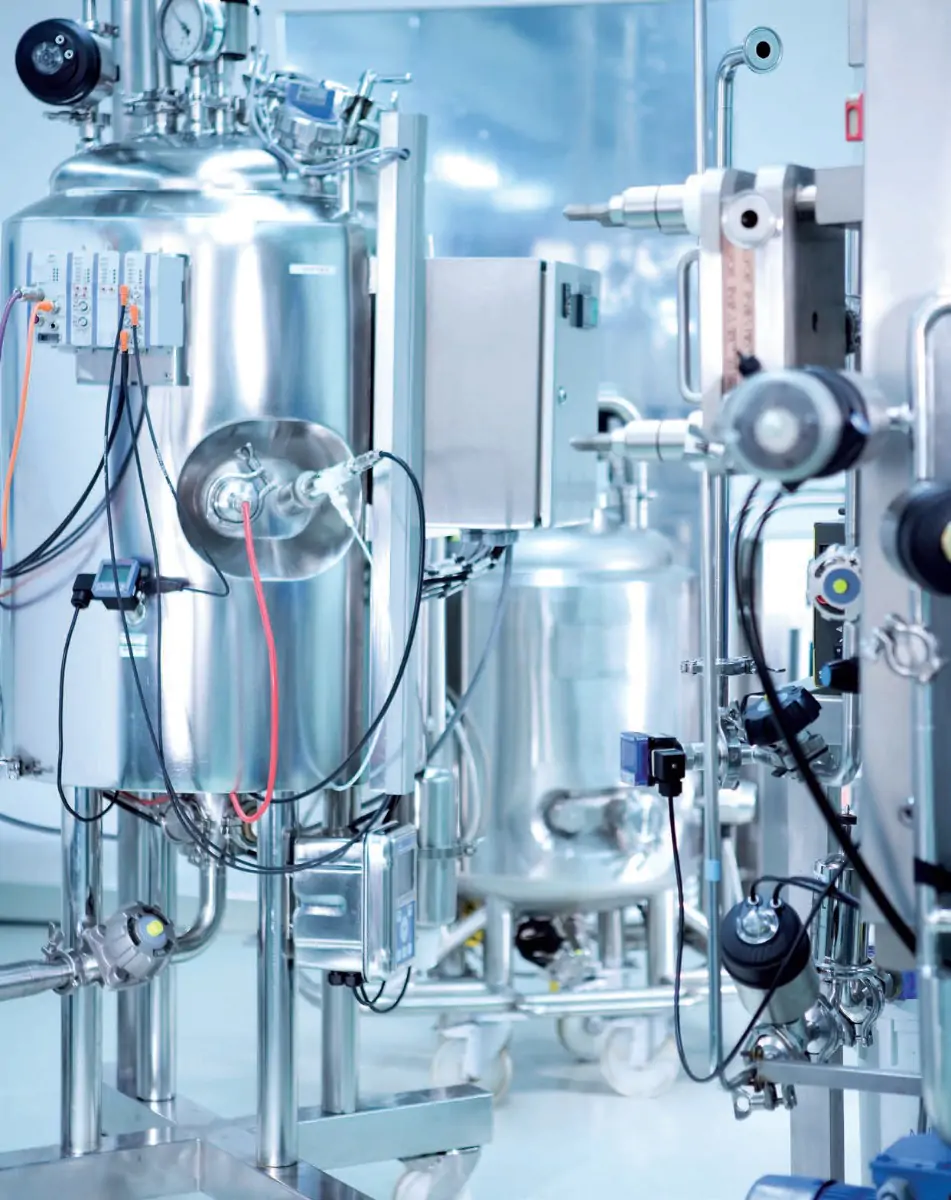 |
Another function is the run-off from the mash tun. This is a very labour-intensive process, which requires a lot of effort and time to check the vessel continuously, however by using a three-level sensor in the vessel the control system monitors and controls the run-off, so it never runs dry or overflows. By implementing this system, this saves employees a significant amount of manual work. |
Automating the temperature control of the fermentation vessel is important to maintain the correct temperature during the whole fermentation process. The brewery control system measures the temperature through temperature probes and then adjusts it accordingly. The fermentation vessel is either cooled with water from the chillers or is heated by a heating pad. Most control systems also feature a remote monitoring system. This way you can adjust the parameters via mobile phone.
Valves
The use of manual and pneumatic actuators with different options for stroke limitation, feedback of position, and very often in-built full PID control can be combined with any valve solution or can be implemented in more complex multi-port solutions, meaning even higher levels of performance can be ascertained
A wide range of valve elements which can be combined to give you the best possible fit for purpose. With unlimited modularity, saving you time by offering valves for media from slurries to clean steam and from de-ionized water to hydrochloric acid to save you time and offer peace of mind.
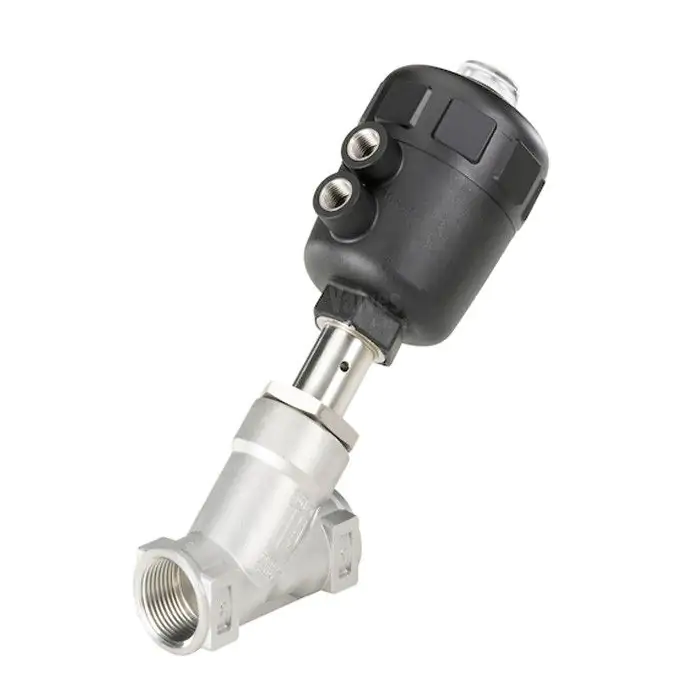 |
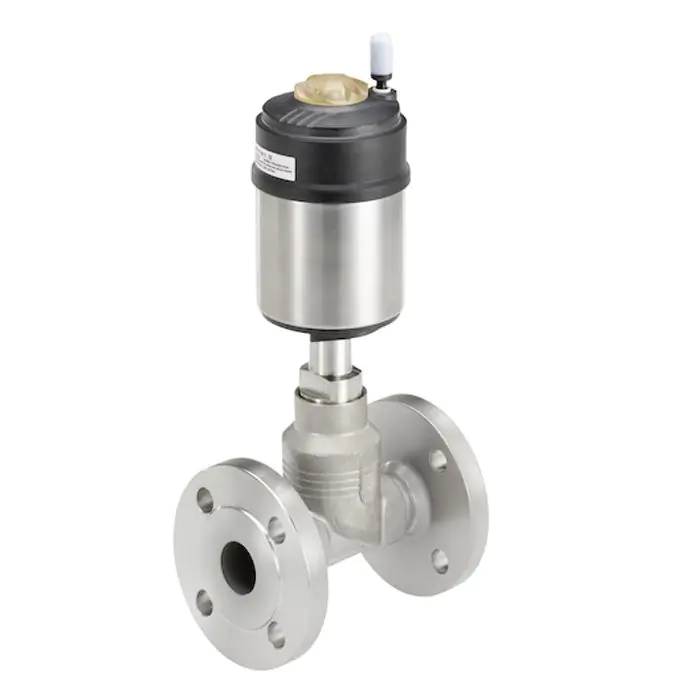 |
|
Burkert Type 2000 Stainless Steel Angle Seat Valve for Steam and Gas
|
Burkert Type 2101 ELEMENT Globe Valve for Liquids and Gas
|

Filling Systems
Production lines rely on the speed of your filling lines. Whether you fill 200 barrels per day or 100,000 bottles per hour, unique solutions are available to help you exceed your targets for long, high volume production runs at lower operating costs.

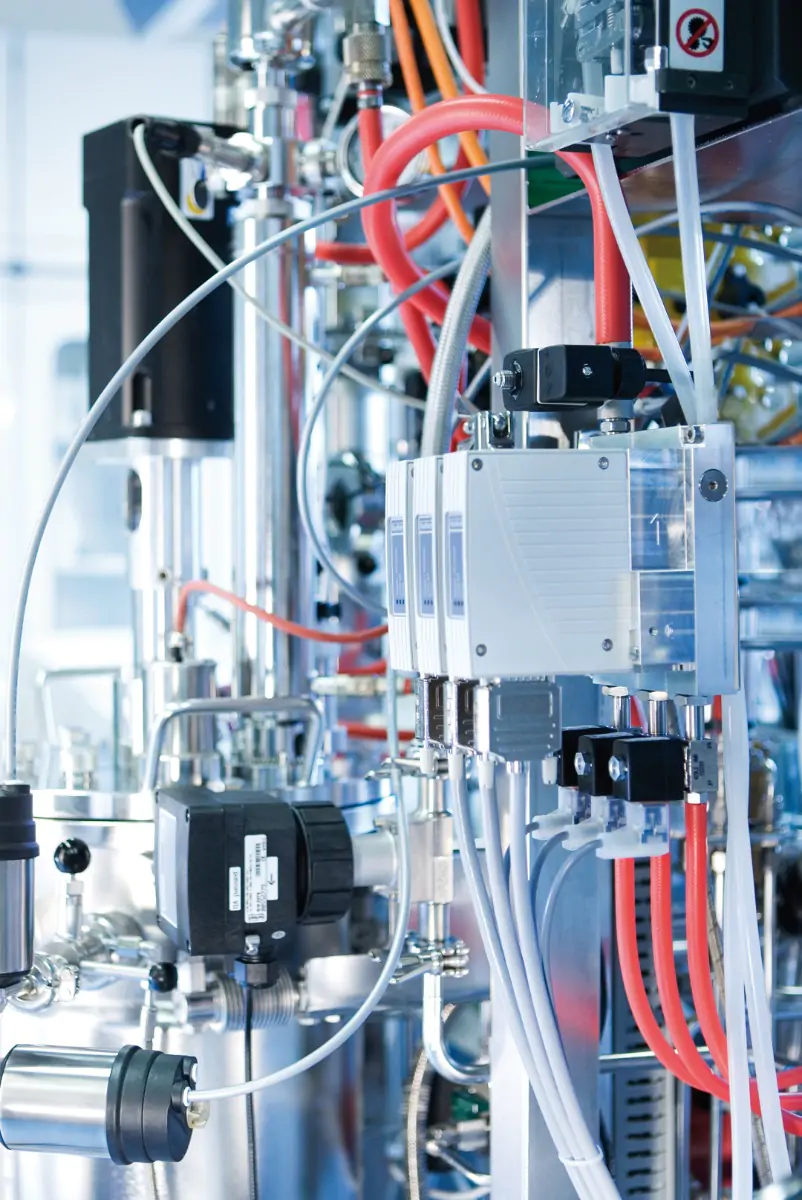 |
Gas ControlFor larger plants, Mass Flow Controllers are compact devices that control the mass flow of gases. They control a preset flow rate reference value – regardless of disturbance variables or temporary occurring flow resistances. The mechatronic devices consist of the following components: flow sensor (CMOS, Capillary or Inline sensor), digital electronics and a solenoid control valve as an actuator. |
With its easy installation, the compact structure of the Mass Flow Controller ensures the convenient operation of a complete (closed) control loop. Additional work and costs e.g. wiring and harmonising individual components, incorporating pipe lengths, are ruled out.
Sensors, Controllers and Transmitters
Required to control flow rates, monitor for leaks, control pH values in cooling water conditioning systems, monitoring temperature, conductivity and filling level, sensors act precisely, systematically and economically.
To read more on Sensors, Controllers and Transmitters click on our blog below:
BÜRKERT Temperature Sensors, Controllers / Transmitters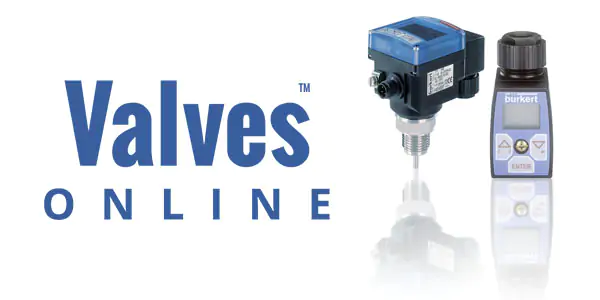
Brewery customers need to be certain about their process. To gain the best possible result for your process, Valves Online can design bespoke solutions to meet your specific needs and requirements, optimising key system factors for best process efficiency and highest possible yield.


